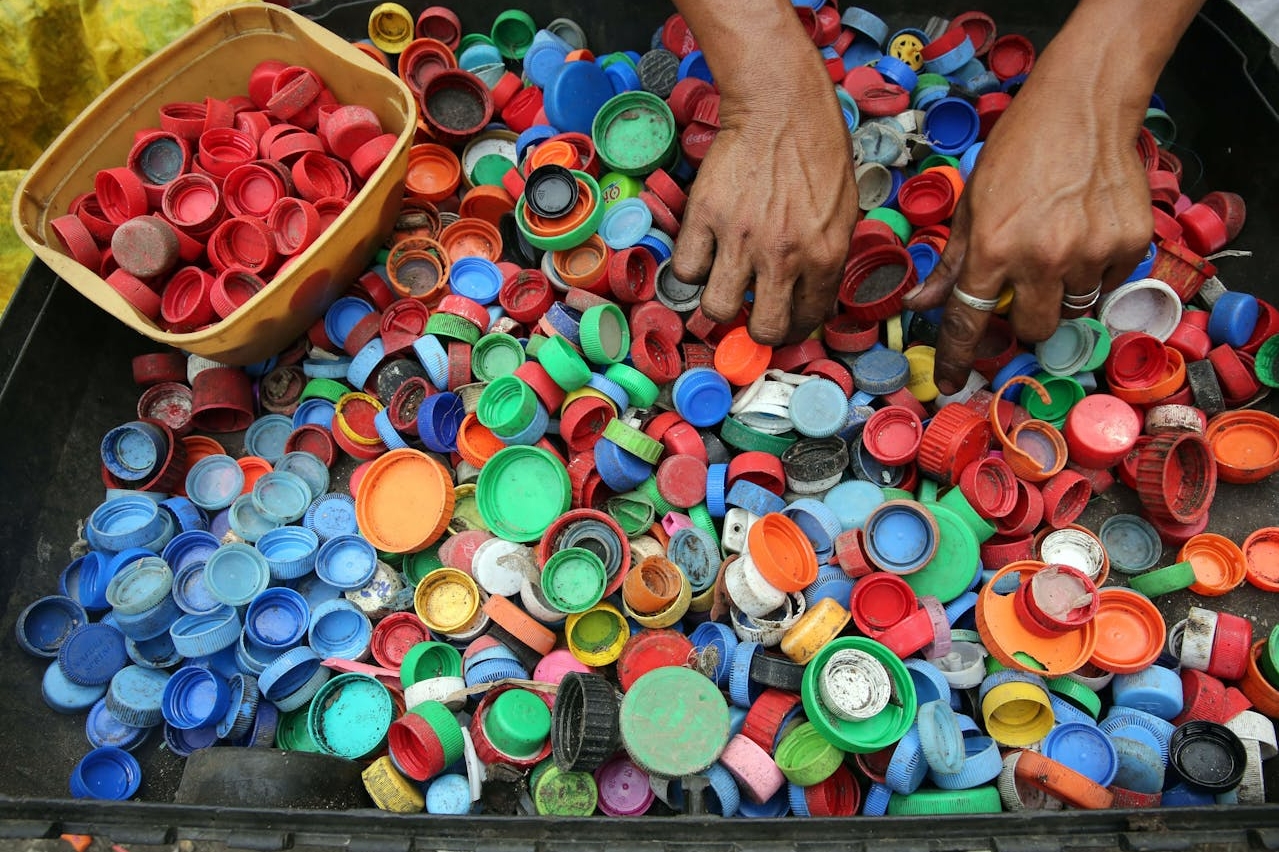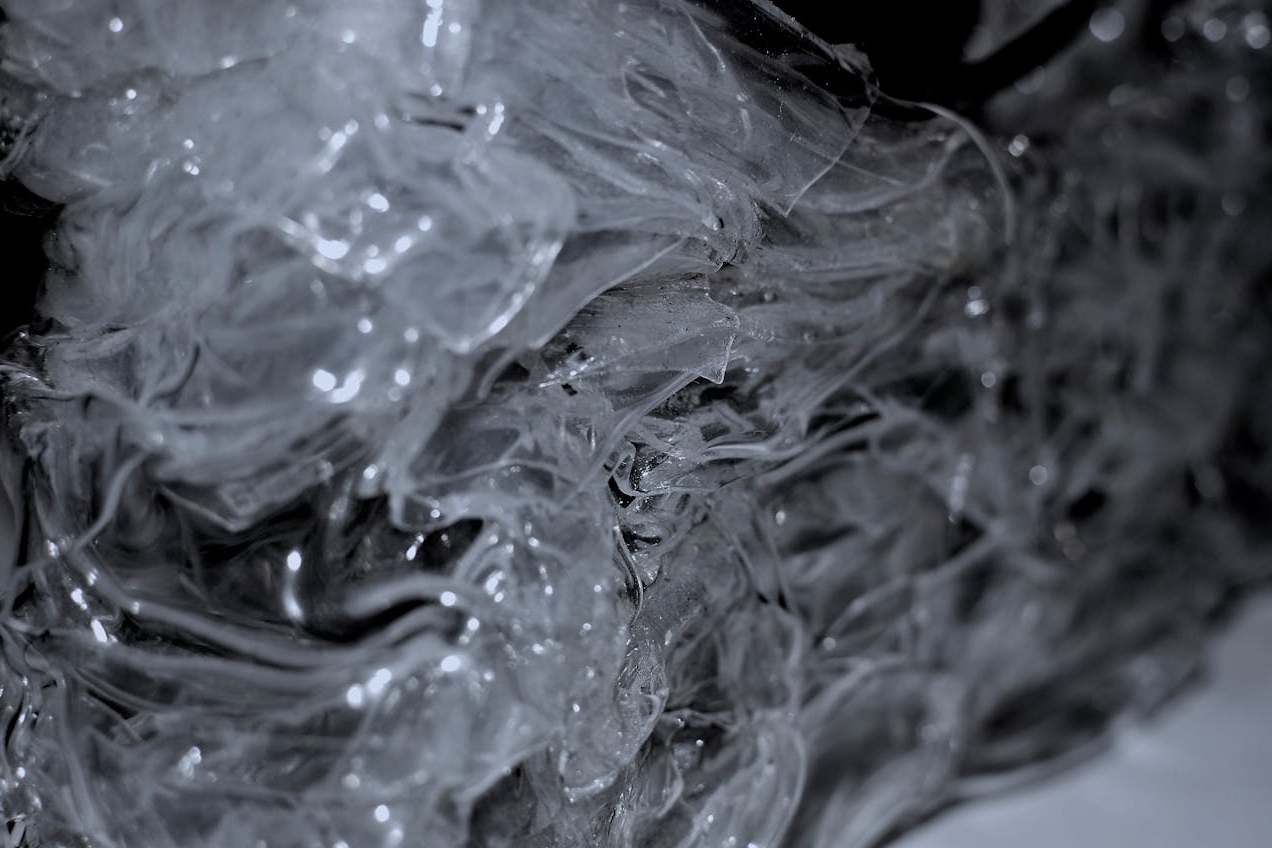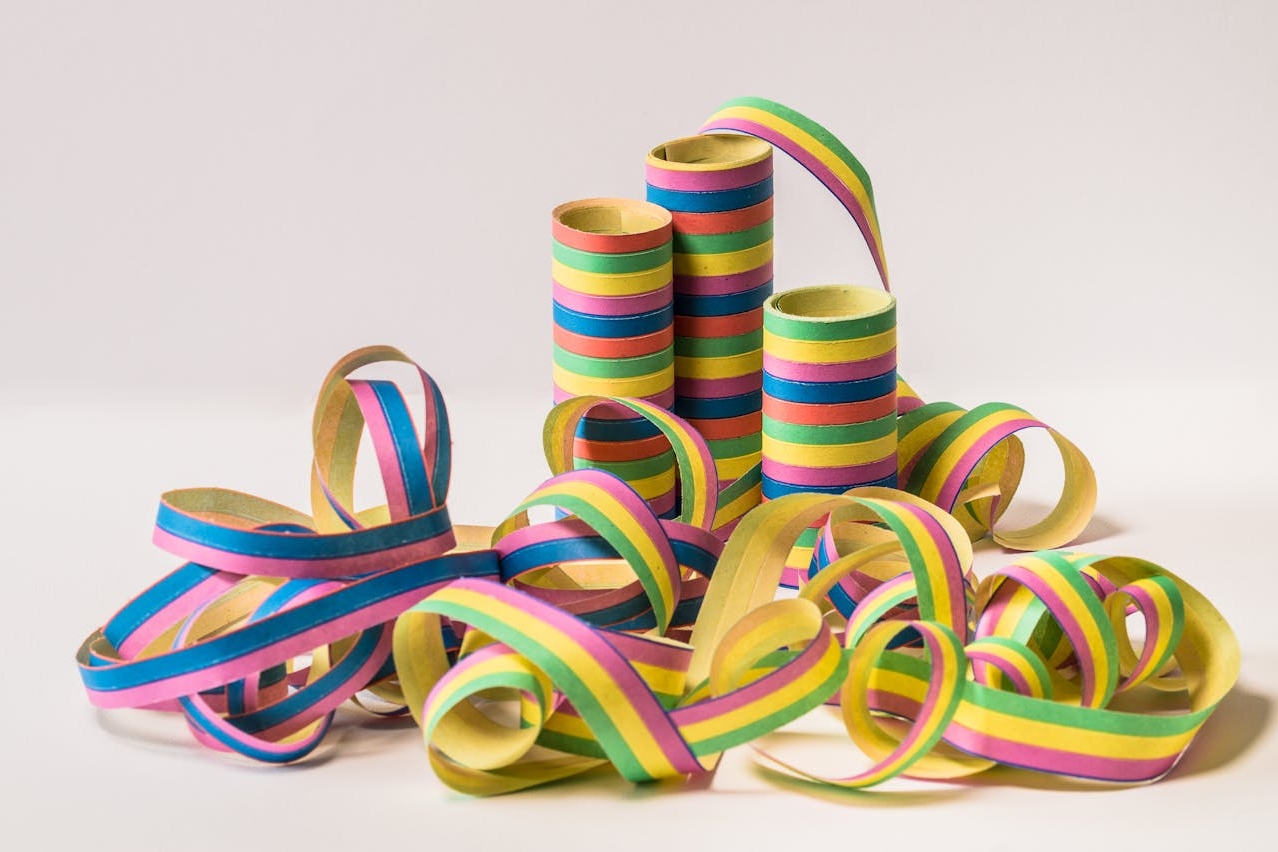One of the things that India is know to do well is handmade goods. This can range from home decor to home furnishings and more. But do you have an overview of what India is capable in regards to this? Today we present a broad picture of what India can do in these area. This is not exhaustive by any means, but if you are new to sourcing from India, we hope this will give you a better understanding of where India stands in these areas.
Wood and Furniture Products
- Products available: Everything home decor. Cutting boards, coasters, utensils, tables, barstools, chairs, etc.
- Key types of materials: Acacia, Mango, Teak
- Regions: Jodhpur, Saharanpur, Jaipur, Kolkata
- Regional differences: Desert regions are good for wood, so location of many wood products is Rajasthan.
- Jodhpur is a center for furniture production, where Jaipur is more more wooden products and smaller items, like home decor. Saharanpur is also a wooden carving product hub, but is know for a lot potential problems with sourcing
- Differences with China: India is known for more artisan-type wood items or higher end pieces. A lot of great furniture comes out of India, but the IKEA type cheap wood furniture pieces China is usually cheaper
- Pitfalls and sourcing tips: Saharanpur is known for having problems with quality of wood, pests, and bad suppliers. If you don’t have a good QC setup that can be dangerous to your overall finished product quality, not to mention potential loss of product at US customs due to pests, etc
- Lacy Act – Need to work with a reputable supplier who can provide certifications to import into the US

Metal Products
- Products available: Brass home decor like letters, lights, fences, table platters, cutlery and utensils, misc accessory items. Iron products, steel, galvanized iron, wrought iron, etc.
- Key types of materials: Brass, Copper, Stainless Steel, Wrought Iron
- Regions: Moradabad, Jaipur, Jodhpur
- Regional differences: Jaipur for more engraving. Moradabad for casted metal specifically with aluminum, brass, copper, etc. Jodhpur for wrought iron.
- Differences with China: Moradabad became known for metal because of the sand. When you are casting metal like brass and aluminum the sand has to have a certain density to hold the shape of the metal cast, and Moradabad has that. Again many items are all done by hand, versus large manufacturing capabilities that China has. More variation in production.
- Pitfalls and sourcing tips: Working with a bad supplier who doesn’t understand the product if it is new to them, and thus it takes longer than anticipated or the wrong material is used.

Here’s an example of an area where they cast aluminum items:

Apparel / Specialty Textiles
- Products available: Ready Made- Scarves, Quilts, Denims, Skirts, Viscose, Kaftans, Pareos, Embroidery, Designer labels, Organic Cotton, Knitwear, Pullovers, Cardigans, Jackets,
- Specialty fabrics such as Ikat, block print, pen kalamkari, Kantha quilts
- Key types of materials: Cotton garments 51%, with manmade fibre accounting for around 28% (2019)
- Regions: Ready Made garments: Tirupur. Delhi-NCR area. Specialty fabrics: Jaipur, Andhra Pradesh
- Tirupur sits right in the middle of the majority of cotton farms and spinning mills in India, thus making it the perfect place to assemble cotton ready made garments
- Regional differences: South India has the climate to produce the raw materials suitable
- Differences with China: China is quantity vs India’s quality. India has to import some materials raising the costs / Handlooms Vs. Powerlooms
- Pitfalls and sourcing tips: Handloom obviously can be tricky for QC because it is done by hand and can’t guarantee the same result BUT obviously a very unique, high quality finished product. Make sure to have an AQL for inspections and if the factory has too many pieces outside the sizing chart then you can add in little caveats like discounts or a rejection of the order




Ceramics
- Products available: Kitchenware, specialty mugs and dinnerware, etc.
- Key types of materials: stoneware, terracotta, earthenware
- Regions: Uttar Pradesh is responsible for taking this industry to new heights in India. Parts of Uttar Pradesh like, Khurja, Chinhar, Agra, Ghaziabad, Moradabad, Kanpur, etc. are mainly engaged in pottery making. Jaipur can also do a lot of pottery and ceramics, and tile as well.
- Regional differences: Types of dirt vary by regions hence the varying types of ceramics
- Differences with China: Bone China & Porcelain is what you commonly see if China and have very different applications vs Indian ceramics. Ceramics in India are typically MORE POROUS meaning it can absorb things easier so a stoneware spatula tray may stain easier than a porcelain one
- Pitfalls and sourcing tips: Go after the specialty ceramics and not generic coffee mugs. It is a handmade product and sculpted and so each pieces won’t be 100% the same. There needs to be some agreed upon variance so QC checks can be done and know what is accepted or not. Request a call-out document from the supplier that will address variation expected. Ex. Mugs
- Mugs: There’s variation because the maker who puts it in the mold. The amount picked up with each piece may vary. Then when the ceramics are put into the fire, well they are all on levels and stacked, so some mugs are close to the wall. The closer to the wall the higher heat they are under. This results in them being fired differently, leading to variation in the product. Then after it’s fired, it’s dipped and glazed. Also, since this is done by hand, some mugs may have higher glazing while others may have less. You can also look at painted items. They are all done by hand by the craftsmen who have been trained for years.




Leather
- Leather products available:
- Journals
- Shoes
- Wallets
- Belts
- Bags
- Etc
- Key types of materials:
- Full grain, down to suede and some places you can even get Italian imported leather (goat, sheep, buffalo and even cow is available) – also faux leather (PU and PVC “leather”)
- Main Regions:
- Chennai
- Kolkata
- Kanpur
- Jaipur
- Regional differences:
- Sometimes you can notice in Jaipur they use a lot of goat leather and is more crisp / thin than other leathers used in Chennai or Kolkata.
- Differences with China:
- More artisanship type products and better quality. Leather quality is much higher and can find better craftsmanship. Usually cost a tad more than BUT it is well worth it
- Pitfalls and sourcing tips:
- The shade of leather will not turn out the EXACT same sometimes, especially during monsoon season which can affect the tanning process. So make sure to advertise the “uniqueness of leather”
- Color transfer can be an issue. QC team needs to rub the leather. Oily leather can transfer color to clothes.
- Make sure proper packaging is done and silica gel packets to absorb moisture are there. If you use ab oily leather it can create extra moisture and molding can occur (especially on sea shipment). Dehumidifiers in the containers will help as well.
- Don’t use goat leather for bags, tends to be thinner and more susceptible to breakage but for a journal per say it’s fine. Sheep is more soft and meant for things like leather jackets.
- The shade of leather will not turn out the EXACT same sometimes, especially during monsoon season which can affect the tanning process. So make sure to advertise the “uniqueness of leather”


Home Furnishings
- Products available: Blankets, pillows, quilts, upholstered furniture, poufs, rugs, etc
- Key types of materials: Natural (cotton, jute) & Synthetic (poly, viscose)
- Regions: Jaipur, Panipat, NCR
- Regional differences: Design, Fabric, Costing. Block printing vs screen, etc.
- Differences with China: Block Printing vs Machine. Indian higher quality. Unique-ness of block-printing
- Pitfalls and sourcing tips:
- Longer lead time as products are handmade
- Monsoon can affecting drying times of dyes and the availability of products. For example the block printing in Rajasthan. The products are laid out in the sun, and during monsoon they cannot be outside with the rain. This increases the drying time and slows down production. There is an entire village where they just lay textiles out to dry and monsoon severely impacts this.

Jute and Eco-Friendly Products
- Products available: Bags, Totes, Baskets, Home Décor, Rugs, Mats, Pillows, etc.
- Key types of materials: Jute, PET, Recycled Leather, Seeded Paper, Cotton, Ecomix, etc
- Regions: Kolkata, Panipat, Jaipur, as well as many other places in India. There are eco-friendly products in many parts of India. Northeast India is very eco-friendly with baskets and bamboo for example.
- Random background fact: The first jute mill was established at Rishra, on the River Hooghly near Calcutta in 1855 when Mr. George Acland brought jute spinning machinery from Dundee. Four years later, the first power driven weaving factory was set up. By 1869, five mills were operating with 950 looms
- Differences with China: Jute is known in India. If you want Jute, come to India. For now India will win on jute!
- Pitfalls and sourcing tips: Add some eco friendly packaging to your product. It is a cheap expensive in the grand scheme of things and adds to your perceived value.

Stationary
- Products available: Cotton paper, journals, paper mache, Block printing on paper is vastly popular. Recycled paper as well. Bamboo paper, denim paper, silk paper, etc
- Key types of materials: Cotton, mill made paper, (varying GSM’s)
- (Still haven’t found the best fountain pen paper yet)
- Regions: Jaipur is the main stationary hub in india
- Differences with China: India is big on handmade paper. They can do mill-made, but China can never compete on the handmade or recycled paper that India can do
- Pitfalls and sourcing tips: Biggest tip is paper tends to absorb moisture, especially cotton paper. So on sea shipments if it leaves the factory at 49lbs it may arrive at 51lb. This is over Amazon requirements


You always want to be doing thorough QC on paper products as some paper may get dirty or be smudged like this one above.
This is just a brief overview of a few product categories in India. It is by no means exhaustive, but is only to give you a rough idea about what you can find in India. Let us know if you have any questions! Thanks for reading.




